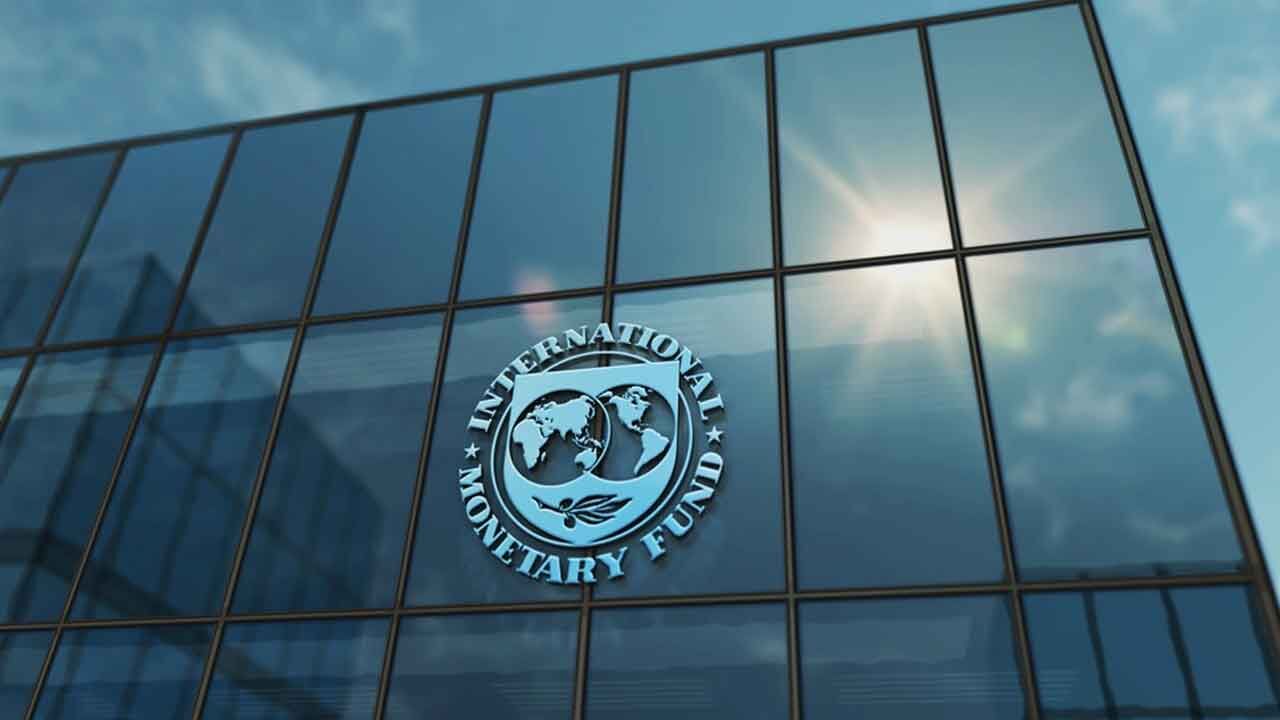The International Monetary Fund (IMF) has revised India’s economic growth forecast upwards, reinforcing the country’s status as a leading performer among major global economies. IMF’s latest World Economic Outlook (WEO), released on July 29, points out that India is now expected to grow at 6.4 per cent in both 2025-26 and 2026-27, marking an increase of 0.2 and 0.1 percentage points, respectively, over the April projections. This upgrade mirrors a broader, albeit modest, improvement in its global growth forecast. As per the updated assessment, the IMF now anticipates global GDP to expand by three per cent in 2025 and 3.1 per cent in 2026—both figures slightly higher than those projected just three months ago.
It has also raised its expectations for emerging market and developing economies, which are now projected to grow by 4.1 per cent, up from 3.7 per cent, a revision largely driven by improved prospects for China, the world’s second-largest economy. The IMF attributes India’s stronger outlook to a “more benign external environment” than was assumed in its April forecast. While the report stops short of listing specifics, the phrase suggests a combination of factors: easing inflationary pressures in advanced economies, stable commodity prices, and continued global demand for goods and services—all of which are expected to provide a more favourable backdrop for India’s growth.
India’s resilient performance continues to stand out. Even amid geopolitical volatility and uneven global recovery patterns, the country has maintained a robust growth trajectory, supported by public capital expenditure, an expanding services sector, and digital infrastructure gains. The IMF’s revision reflects this resilience, though the path ahead may still be complicated by emerging external and domestic challenges. Meanwhile, three key caveats deserve closer scrutiny. First, US President Donald Trump’s 25 per cent tariffs on goods imported from India, “plus an unspecified penalty” for buying Russian oil and weapons, pose a major risk to India’s growth rate, apart from straining bilateral ties between India and the United States, which have been steadily improving in the last few years.
The new tariffs on certain imports could create headwinds for Indian exporters. Second, how India responds to these US moves will significantly influence its medium and long-term economic prospects. Whether New Delhi chooses a retaliatory stance or seeks a diplomatic compromise could affect investor perceptions, trade flows, and diplomatic goodwill. India’s choices in navigating this delicate phase of economic diplomacy will be watched closely, not only in Washington but also in global markets.
Third, and most crucially, the sustainability of India’s growth momentum will depend on how the Narendra Modi government implements its domestic economic policies. While headline growth figures remain robust, challenges such as sluggish private investment, labour market rigidities, and regional disparities persist. Economic ministers and other senior government functionaries wax eloquent about liberalisation and the ease of doing business, but executing reforms in letter and spirit will make all the difference.
Trump’s tough stance can be a blessing in disguise if it forces India’s decision makers to focus on effective policy execution. The IMF’s upgraded forecast underscores India’s strong economic fundamentals and its continued attractiveness as an investment destination. However, this positive outlook is tempered by emerging global risks and internal policy variables. Navigating these will be crucial to maintaining India’s position as a bright spot.
